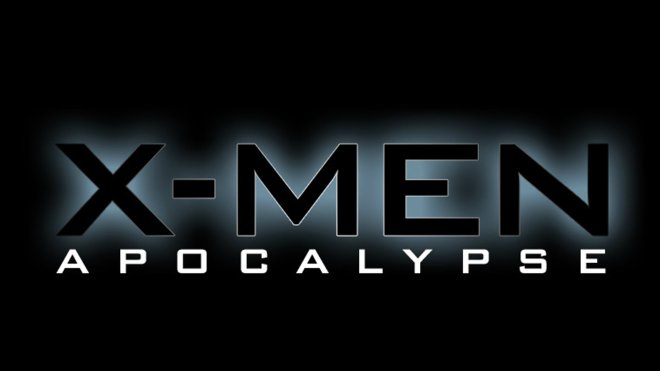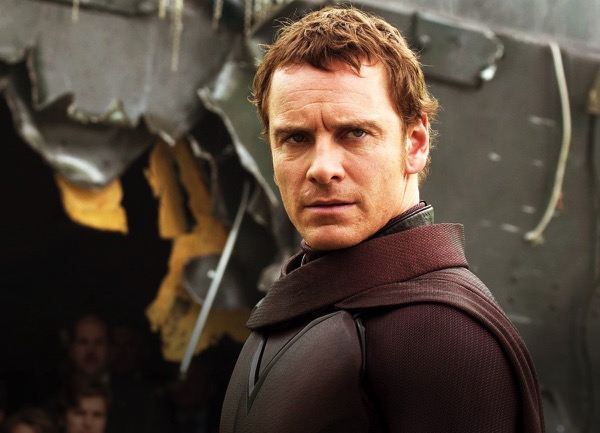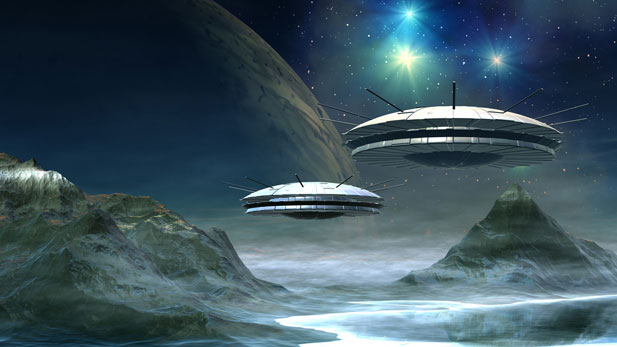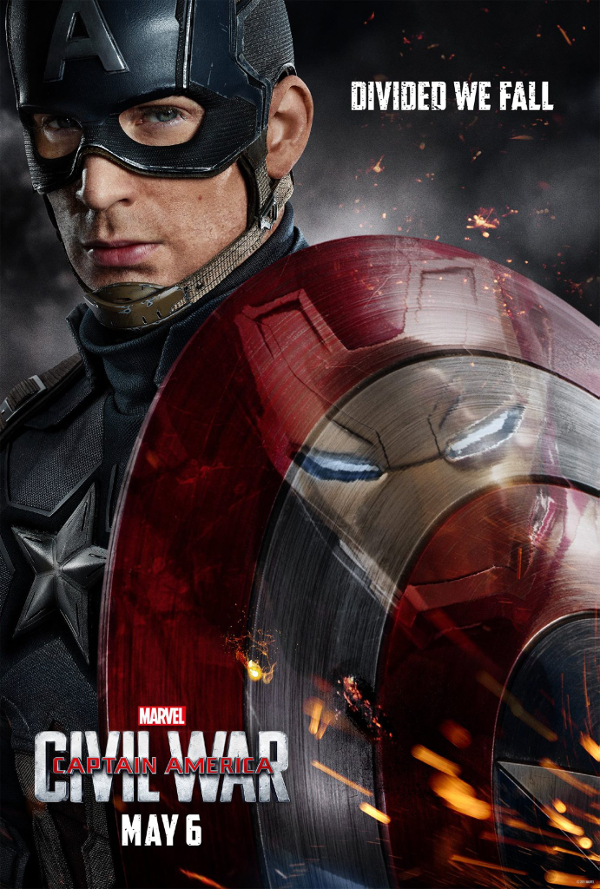Since this film came out November 2014 and the DVD release which happened on my birthday, March 30, 2015, I have spent time re-watching, reading about, and contemplating the ideas behind this film. Of course this film is about love, the best and greatest emotion to evolve on our planet. There was too much controversy over this theme during the film’s debut. For the lay person, a romantic story of love lost and regained is all that may be require to experience fulfillment at the cinema. For many others science fiction does not interest them, and it is still a mystery to me why these folks spend hard-earned cash on a film bound to disappoint. However, for those of us open to speculation, that love the idea of scientific facts taken to creative ends through fiction, this film is everything you can hope for or dream.
In a dystopian future, not too very distant from our world today, a family struggles to scratch out a living on one of the last farms in America. They grow corn, the last of the genetically manipulated foods still edible for human consumption. Doom is all around, even if the characters never say it. From the gigantic dust storms that blow through with 40, 50, 60 mph winds, to the very frightening idea that the planet’s atmosphere is losing its oxygen content, the uncomfortable idea settles in – humanity hasn’t much time left on planet Earth. The images created for this film by Christopher Nolan and his crew mix the horror of what’s to come with the beauty of what is being lost. A sadness creeps into the viewer as one’s own thoughts of the earth’s changing weather patterns are mimicked on the big screen.
Enter the big idea: find a new home for humanity. For our main family this idea is introduced by accident. A drone, left over from a technological world no longer relevant, streaks through the sky above them and lands not far ahead, setting before them an adventure that may well prove to be the last and best saving grace for humanity.
Matthew McConaughey, as Cooper, our main character, astronaut turned farmer, father of two and a fierce family man who has yet to leave his scientific brain in the dirt as the inevitable slip into dystopian oblivion settles around them, recognizes all too clearly what is coming, and even discusses the fact with his father (John Lithgow). He fights, he stands up, he carries his belief and the truths of the old life into an adventure to save the world, for one reason only – the love of his family.
Those of you yet to have children may not understand the sacrifices most of us would gladly take to save our children’s lives, but suffice it to say, I am certain I and many of the parents I know would go to these extremes to solidify a healthy and secure future for our children. Thus Cooper must decide to leave his family behind to ultimately save them. On the way he is reminded of how deeply love touches our soul as well as the knife strike of fear and how it can drive reasonable people to choose illogical means as their path.
The science in this film is profoundly sound. Quantum physics and theory are my interests and hobbies. I work in a science academy that more often than not delves into energy generation and climate change. I was quite satisfied with where this film took its audience and the fact that it did not distort real scientific fact to make its point. Of course, traveling through wormholes and black holes is just theory and so the creative part of these plot devices and settings is fiction, but good, believable fiction (so much more believable than warp-drive space ships that generate their own false gravity). This film is based on scientific fact and speculation and I found it refreshing as well as exhilarating.
The wormhole adventure, the wend into a black hole, TARS and CASE (the most appealing robots I have seen in a very long time), the dust storms on earth, Michael Cane as an old, dying scientist with a big secret, are reasons enough to watch this film. The cinematography is gorgeous, the special effects take your breath away, but it is the star of this film, McConaughey, that yanks you out of your comfort zone and places you smack dab in the middle of this epic dilemma and remains the most powerful element in the story. His command of topic, scene, and emotion remind me why he is our best leading male actor in 2015. I dare you to walk away while he is on the screen. Its simply impossible. He is a giant among the stars.
The end of this adventure literally made me cry… not the very end of the film which is a tear-jerker also, but the climatic end where Cooper’s sacrifice and destiny blend to bring comprehension of complicated quantum theories to a lay person in the audience open to fantastic ideas. The willingness of some people to give up everything, to sacrifice life itself so the rest of us can live uncomplicated lives cannot be down-played or overstated. These folks are simply heroes, in fiction and in real life, and though the theme of this film is more to do with family love, the love of humanity also shines through.
As your list of summertime films to watch grows I urge you to include Christopher Nolan’s Interstellar. Its hot outside and if you are unlucky enough to live in California where our water consumption has been restricted by climate change and cannot hang out at poolside, hang out on the couch and watch this marvelous piece of science fiction filmmaking. I promise, you will not regret the hours spent with this film or the ideas that swirl through your mind when you contemplate humanities’ future. However, if you do find that you regret watching Interstellar as a waste of your precious time please – again – please tell me so, I may as a conciliation, send you a bag of genetically altered popcorn for your incredibly convenient microwave oven to make up for your lost hours of enjoyment.
Movie trailer can be seen here: https://youtu.be/0vxOhd4qlnA



 4KERRA
4KERRA








